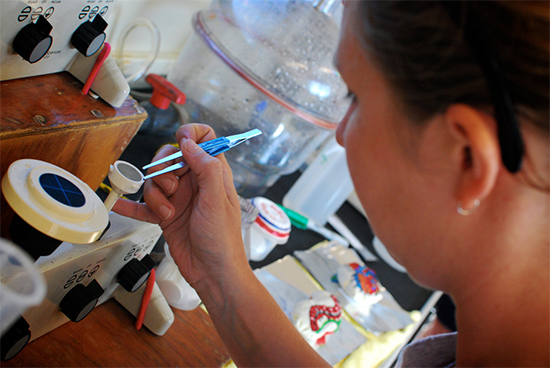Federal agencies outline progress toward Chesapeake Bay cleanup
The work completed in 2012 helped to restore land, water and wildlife across the watershed.
The federal agencies leading the watershed-wide effort to restore the Chesapeake Bay have released a progress report highlighting the work that was completed last year.

Federal agencies and state and local partners have added 20 new monitoring stations to the Bay and its tributaries, expanding their ability to track changes in water quality and pollution. They have established conservation practices across Bay farms and forests, installing streamside fencing to keep livestock out of waterways and planting cover crops to reduce the need for nutrient-laden fertilizers. And they have planted close to 100 acres of oyster reefs in a Maryland tributary and opened more than 30 miles of Virginia and Pennsylvania streams to eels, shad and other diadromous fish, restoring habitat for some of the watershed’s most critical critters.
But much remains to be done, and the Federal Leadership Committee for the Chesapeake Bay has outlined future work in a 2013 action plan.
“EPA and our other federal partners are pleased to report the tangible progress we’ve made over the past year, which will inform, guide and accelerate our collective actions going forward,” said EPA’s Nick DiPasquale, Chesapeake Bay Program Director. “The federal agencies and our partner jurisdictions are accountable to the citizens living near the local rivers and streams that also stand to benefit from this critical restoration work. Through our commitments, the prospects for increased momentum and improvements to the Bay’s health should be encouraging to everyone.
Learn more about the 2012 progress report and 2013 action plan on the Chesapeake Bay Executive Order website.

Comments
There are no comments.
Thank you!
Your comment has been received. Before it can be published, the comment will be reviewed by our team to ensure it adheres with our rules of engagement.
Back to recent stories